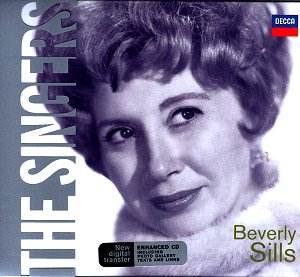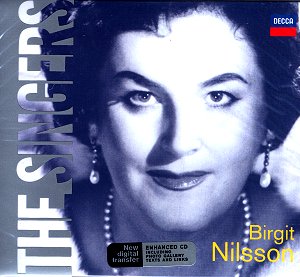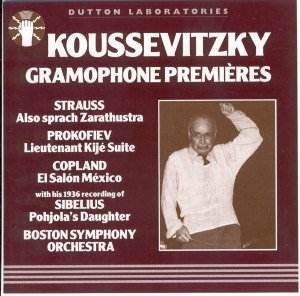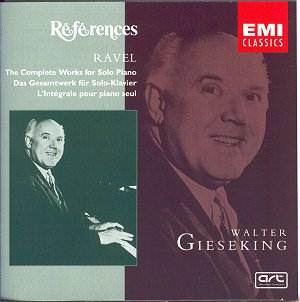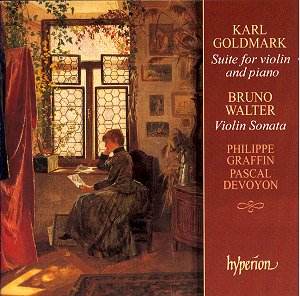 Composer: Bruno Walter
Composer: Bruno Walter
Works: Sonata for piano and violin, Karl Goldmark – Suite No. 1 in D major for violin and piano, Opus 11
Performers: Philippe Graffin (violin), Pascal Devoyon (piano)
Recording: Rec. 15-16 Jan 1999 (Walter), 23 June 2000 (Goldmark), Henry Wood Hall
Label: Hyperion CDA67220
Bruno Walter, primarily celebrated as a conductor, occupies a significant yet often understated position in the composers’ pantheon of the early 20th century. His Sonata for piano and violin reveals the duality of his career, reflecting a training steeped in the Austro-German tradition yet tempered by a humility that led him to prioritize conducting over composition. This recording juxtaposes his sonata with Karl Goldmark’s Suite No. 1, a decision that allows listeners to explore the thematic and stylistic contrasts between two composers whose careers were rooted in the vibrant musical life of Vienna, albeit with different legacies.
In the performance of Walter’s Sonata, Graffin and Devoyon deliver a reading that is polished and attentive, yet it is hard to escape the feeling that the piece, spanning over thirty minutes, lacks a compelling emotional core. The first movement opens with a lyrical theme that is pleasant but not particularly memorable, and while the musicians execute it with finesse, one longs for a deeper exploration of the contrasting moods that Walter hints at. The Scherzo offers moments of playful energy, but the thematic material does not quite sustain the exuberance, leading to a feeling of stasis rather than development. The Adagio provides a more introspective contrast, yet here too, the emotional weight seems somewhat diffuse, as if Walter’s own ambivalence toward his compositional voice has seeped into the fabric of the music. Although the performance is technically impressive, with nuanced dynamics and a well-balanced interplay between violin and piano, it ultimately feels like an exercise in style rather than a profound artistic statement.
In contrast, Goldmark’s Suite No. 1, composed in 1869, is immediately engaging, richly melodic, and structurally coherent. Graffin’s violin sings with a vibrant, singing tone in the opening movement, effortlessly capturing the spirited character that defines Goldmark’s oeuvre. The lively Allegro is especially noteworthy for its buoyant rhythms and playful dialogue between the instruments, which the performers navigate with a palpable sense of joy. The Andante, marked by its lyrical beauty, showcases both Graffin’s and Devoyon’s interpretative sensitivity, allowing for expressive phrasing that draws the listener into a contemplative space. The final Allegro vivace brims with vitality, and the duo’s combined energy propels the work to a rousing conclusion, reinforcing Goldmark’s gift for creating memorable melodic lines and instrumental color.
The recording quality is exceptional, as is customary with Hyperion, capturing the nuanced interplay of the instruments with clarity and depth. The acoustic environment of Henry Wood Hall imbues the performance with an inviting warmth, allowing the listener to appreciate the subtleties of both composers’ textures. The engineering effectively balances the violin’s brilliance against the piano’s harmonic support, ensuring that neither overwhelms the other.
While Walter’s Sonata offers an intriguing glimpse into the mind of a conductor-composer, it ultimately does not resonate as strongly as Goldmark’s Suite, which thrives on its lyrical charm and rhythmic vitality. The performances by Graffin and Devoyon are commendable throughout both works, yet the stark contrast between the two compositions raises questions about the lasting impact of Walter’s efforts in comparison to Goldmark’s vibrant legacy. This recording presents a valuable perspective on the lesser-known works of both composers, inviting listeners to appreciate the varied textures of late Romantic music while also highlighting the challenges faced by a composer who may have felt overshadowed by the brilliance of his contemporaries.
